|
||
|
Privacy Policy | Editorial Policy | Join the Association | List of Members | Contact us | Index | Print this page |
||
|
Figuratively Speaking.
Frank Alley.
|
||
|
|
||
|
Do you trust scientists?
Most people in our community
will have never met a scientist, but will nevertheless have a perception
of who scientists are. Sadly, in my experience, that perception of
scientists held by many, if not most Australians, is a rather negative
one. And you might well ask, why is that?
Those who have not had anything to do with scientists will probably get their views from the popular press/TV and movies they have watched. A popular image is that of this photo of Einstein, the strange looking man, forgetful, peacenik, father of the bomb (not true actually). There are those of course who have an axe to grind and will give a lot of attention to those scientists who present ideas and information contrary to what they believe, beliefs sometimes based on prejudice and sometimes on genuine faith. It is not often that the popular media refer to those scientists who do not seek media attention. Occasionally there is a Nobel Prize winner to celebrate, but generally the common view amongst many Australians is that, yes scientists are clever, but you know, they don’t have common sense, something apparently the working man is full of.
This is, of course sheer nonsense. It’s a copout. That view saves the common man from having to do any simple analysis of the news which contains scientific matter. Science teachers are required to teach their students amongst other things, a few fundamental ideas, such as, suspend your judgement until you have enough data (information) to draw a conclusion. Also ask the question ‘why am I being told this in the media?’ Unfortunately, these days science teachers are supposed to be ‘edutainers’, science must be made into fun, which can result in a devaluing of science and what it has to offer.
In my view, the popular press has a lot to answer for. Years ago, at the Sydney Royal Easter Show, the education department had its own stand, at a time when there was a lot of teacher bashing in the press.
Channel 7 sent a film team to the stand and began interviewing young kids there. A colleague of mine watched the process with some interest because the kids being interviewed were consistently getting the right answers asked of them by the Channel 7 team. Then one kid could not answer the questions correctly and guess which kid was featured on the Channel 7 news that evening.
|
||
|
|
|
|
|
|
||
|
In the 80’s Channel 7 sponsored what it called ‘The great nuclear debate’ at a time when many were pushing for the establishment of nuclear power reactors in Australia. In the interviews put to air, all of those supporting nuclear power were dressed in suits, were well groomed and were often portrayed in front of shelves of books. Those against nuclear power were similarly carefully selected, but were never dressed in suits, often had long hair and were certainly not portrayed by Channel 7 as being in any way erudite. They did not for example interview my professors of physics, all two of whom were always well dressed, wearing ties. One of them, John Ward, had nearly won a Nobel Prize and had actually designed Britain’s first hydrogen bomb and the other, Peter Mason, was a popular radio presenter on the ABC (The Light Fantastic) who in a public meeting said ‘you can have nuclear reactors in Australia over my dead body, because some day there is going to be a terrible accident’. The Chernobyl accident was not far in the future and it was not predicted by the powers that be at the time. Above, Peter Mason left, John Ward right. I had the privilege of being taught physics by both of these men.
The tabloid press and commercial television is in the business of making money and it will give the public what it thinks it wants. Unlike with the ABC and SBS, there will be no real attempt to educate the public except in things that are seen as scandalous or outrageous, sensational. One only has to look at the advertisements we see on commercial TV to get an idea of what they think of us. They really do think we are dumb. We aren’t are we?
Let’s consider some popular scientists:
|
||
|
Paul Ehrlich, (right) a biologist, often seen on TV pushing the case for population control and the case for conservation. He probably coined the phrase ‘cowboy society’ where we consume, consume and discard. He was detested by big business and many economists who foolishly asked him on TV once, ‘what if the second law of thermodynamics is wrong?’ Their question was met with derision by the entire scientific community and would still be treated with the contempt the question deserves. |
|
|
|
|
||
|
It was the accepted practice in Babylon 4,000 years ago that for a month after a wedding, the bride's father would supply his son-in-law with all the mead he could drink. Mead is a honey beer, and because their calendar was lunar based, this period was called the "honey month" or what we know today as the "honeymoon." |
||
|
|
||
|
Carl Sagan, (right) an astro-physicist who had his own TV program. He was the author of a book which became a successful movie ‘Contact’ starring Jodie Foster and featured time travel through features of space suggested by Einstein’s ‘worm holes’.
Sagan believed that the
Drake equation, on substitution of reasonable guesstimates, suggested
that a large number of extraterrestrial civilizations would form, but that
the lack of evidence of such civilizations highlighted by the
Fermi paradox suggests t
Following his marriage to his third wife (novelist Ann Druyan - above) in June 1981, Sagan became more politically active—particularly in regard to the escalation of the nuclear arms race under President Ronald Reagan. |
|
|
|
|
||
|
Arthur C. Clarke, (right) Sir Arthur Charles Clarke, CBE (16 December 1917 – 19 March 2008) was a British science fiction author, inventor, and futurist, most famous for the novel ‘2001: A Space Odyssey’, written in collaboration with director Stanley Kubrick which also produced the film of the same name; and as a host and commentator in the British television series, Mysterious World. Clarke served in the Royal Air Force as a radar instructor and technician from 1941-1946, proposed satellite communication systems in 1945 which won him the Franklin Institute Stuart Ballantine Gold Medal in 1963. He was nominated for the Nobel Prize for Peace in 1994. He was the chairman of the British Interplanetary Society from 1947-1950 and again in 1953.
Later, he helped fight for the preservation of lowland gorillas. He won the UNESCO-Kalinga Prize for the Popularization of Science in 1961.
|
|
|
|
|
||
|
Cats have nine lives. Which makes them ideal for experimentation.
|
||
|
|
||
|
Julius Sumner Miller, (below left) was the author of ‘Why is it So’ and star of that TV program which was sponsored by the University of Sydney Faculty Nuclear Physics and headed by Harry Messel. The ABC TV program was immensely popular and indeed encouraged some to follow a career in science. |
||
|
|
||
|
|
|
|
|
|
||
|
However,
despite its inclusion of some of the great scientists of the world, such
as the mathematician Herman
He insisted that if you did not have an education in Latin and Greek, you could not understand science. What tosh! He did however make himself unpopular with the establishment when opposing space research as, in his view, it was a colossal waste of money. Indeed, one wonders what the world has gained usefully from the program to put a man on the Moon. Teflon perhaps??
Sumner Miller returned to Australia and taught in one of Sydney’s private schools. It was said that he could clear a staffroom in seconds.
|
||
|
Richard Dawkins (right), Professor of Biology at Cambridge University, a pre-eminent scientist and the world's most prominent atheist, author of the book ‘The God Delusion’, universally hated as the anti-Christ by evangelical Christians. I noted the comment by Peter Kennedy (Brisbane Catholic priest) on Australia Story on the ABC (25May2009) that despite his devout belief in Christ, that there was no contemporary evidence as to Christ’s existence; brave man. Dawkins continues to write and lecture and refers to ‘good people doing bad things’ in a TV program where he met and talked to fundamentalists, both Christian and Muslim. Dawkins has little or no tolerance for fools and the ignorant because he sees that those people are easily led by those who have axes to grind. Hence he can be very unpopular with ‘the masses’. |
|
|
|
|
||
|
Paul Davies (right), formerly Professor of Physics at the University of Newcastle (on Tyne), then Adelaide University and now Macquarie University in Sydney. Davies is prolific writer and sometimes appears in TV programs, one hosted by Phillip Adams who was soon out of his depth, but not realising it. Davies wrote a very popular book ‘Superforce’ the science of which was accessible to non-scientists.
He also wrote ‘The Mind of God’ and rather laborious work of philosophy. Davies left England to get away from Thatcher and what had become of his homeland. Australia’s gain. Davies’ great strength is his ability to make what is extraordinarily complex, simple enough for those with some knowledge of science, to understand. He is one of the better communicators in science. |
|
|
|
|
||
|
Scientists in Movies.
Unfortunately, it has proved convenient for those who indulge in the great sport of ‘tall poppy cutting’, that scientists featured in movies are often portrayed as evil, mad and most often, illogical. And in most such movies the day is saved, not by the scientist, but by the handsome, risk-taking non-scientist. The great American physicist Richard Feynman (right), when a young man, found that if he saw a girl we wanted to bed, he would approach her with, ‘if I buy you a cup of coffee, will you sleep with me?’ Apparently the line worked (for him) most of the time.
For me the best of the movie scientists was Doctor Strangelove (below left, played by Peter Sellers) in the brilliant Stanley Kubrick film of the same name, or ‘How I learned to stop worrying and love the bomb’. You will remember General Jack T. Ripper (below right,) in the film who saw the fluoridation of water as a ‘commie plot’, no doubt thought of by those ‘commie scientists’. |
||
|
|
|
|
|
|
||
|
The Public View.
I feel that the public has come to distrust scientists though things imagined and things real. Nuclear weapons were developed by scientists and engineers and there was a period when many people were not convinced we would survive through the 60’s. However, it was scientists from both America and Russia who did the calculations (computer modelling) that predicted a ‘nuclear winter’ should there be a nuclear war between the great powers and that life would cease to exists on the earth within a year at the most. Scientists also produced the herbicides 2,4,5-T and 2,4-D that became known as Agent Orange containing ‘dioxin’, the most poisonous substance ever produced by man. Dow Corning was a big employer of scientists, but after revelations about the use of napalm in Viet Nam, the company had difficulty recruiting brighter university graduates. They had to do with the ‘also-rans’.
There are any number of cases where scientists can be blamed for evil; the politicians and businesses getting away scot free at times. Doctors working for the Nazis and Japanese army who performed hideous experiments on innocent people. It is worth noting that where the Nazi doctors were punished, the Japanese doctors were free to leave their butchery in China behind them upon trading their experimental data to the US army in 1945.
Scientists have been in the vanguard of showing where evil exists, such as in the cases of asbestos, cigarette smoking, other carcinogens, radiation sickness, after Hiroshima, data which was initially suppressed.
Perversely, alternative medicine is popular with some because of their mistrust of allopathic medicine which is practised by western doctors. Attempts by conventional science to prove the efficacy of such pursuits as homeopathy, naturopathy, colour therapy, iridology, aromatherapy and others seem to have failed. However there seems to be some scientific support for Chinese traditional medicine and acupuncture.
Occasionally a scientist
captures the public’s imagination. Stephen Hawking (above left) of
Cambridge University is such a case. His book, ‘A Short History of Time’
was a best seller, but did not offer anything
Hawking has recently been inclined to withdraw from some aspects of his theories. I suspect what strikes us about Hawking is his amazing ability to do mathematics whilst so physically handicapped.
For me, the greatest of all the publicly known scientists is Marie Curie, (right) perhaps the greatest woman who ever lived
|
||
|
|
||
|
The morning after their honeymoon, the wife said to her husband, "Y'know, you're really a lousy lover!" The husband replied, "How would you know after only 30 seconds?" |
||
|
|
||
|
Marie Curie who won two
Nobel Prizes, one in Physics and the other in Chemistry, would not sell
her discoveries to business as she and her husband Pierre, believed that
scientific discovery belonged to everybody. Those were the days. Nowadays
all scientific discoveries are patented with the view of making m
Perhaps the most unknown of the important physicists of the 20th century is Lise Meitner. (below)
Rather than talk of the
father of the atomic bomb, here is the real parent. Lise was Austrian born
and one of only two women allowed to have an important position in a
university, let alone get a degree. Whilst in Germany, which had become
her home she became Director of Physics at the Kaiser Wilhelm Institute
for Chemistry. She was of Jewish origins and had to leave Germany secretly
where she had been in research partnership with the German chemist, Otto
Hahn. When nuclear fission was discovered, Hahn took all the credit and
refused to acknowledge Meitner’s major contribution. Whilst living in
Sweden where she was treated as a servant by her boss, she continued to
help Hahn in his work. In fact, the scientific world could not understand
why Meitner was not awarded the Nobel Prize for Physics.
Something similar to this happened with Werner Heisenberg and Max Born. Heisenberg was awarded the Nobel Prize and refused to acknowledge the contribution made by Born who had actually developed the mathematics that Heisenberg used in his theories. Born was Jewish and was later awarded a Nobel Prize. Like many professional groups, the scientific community is riddled with jealousies and competitiveness.
I feel that the mistrust the public feel for scientists is founded in their lack of understanding of what scientists are really like and what they do. Often it is difficult to see what benefit is being gained from much research done in universities. My own research field was in energy traps in molecular crystals, back in 1973. It didn’t seem very important then and indeed there were only two other groups involved in this field, one in India and the other in Germany. It is certainly relevant now as the drive for alternative sources of energy that can be carried has become so important. |
||
|
There is another problem, particularly in Australia. As a population, we don’t like clever people, those who make us feel a little inferior. As a teacher I found that so many teenage boys in our schools resented being taught anything. Girls who were academically clever were shunned by their peers and even bullied sometimes. Other girls didn’t like them and the boys certainly did not. The tendency to put down the clever in our society is aided and abetted by the popular media. What a pity.
The Australian public would rather listen to the opinion of (say) Wally Lewis than (say) the Australian born Professors Barry Marshall and Dr Robin Warren, Nobel Prize winners in Physiology (Medicine)
Next issue will be about the scientific charlatans, con men and BS artists.
|
||
|
Back Go to page: 1 2 3 4 5 6 7 8 9 10 11 12 13 14 15 16 17 18 19 20 Forward |
||
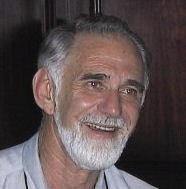
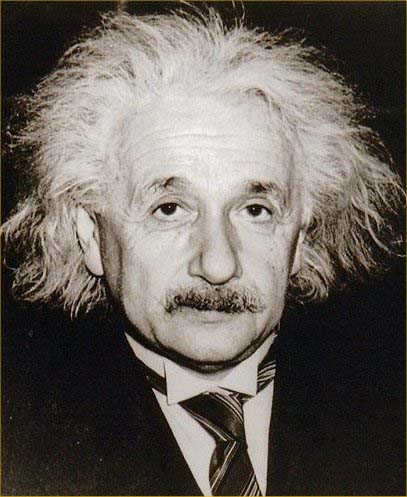



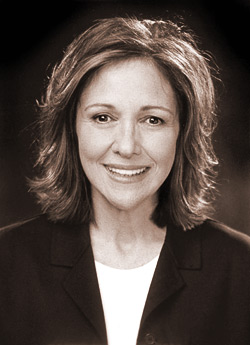 echnological
civilizations tend to destroy themselves rather quickly. This stimulated
his interest in identifying and publicizing ways that humanity could
destroy itself, with the hope of avoiding such a cataclysm and eventually
becoming a spacefaring species. Sagan's deep concern regarding the
potential destruction of human civilization in a nuclear holocaust was
conveyed in a memorable cinematic sequence in the final episode of Cosmos,
called "Who Speaks for Earth?".
echnological
civilizations tend to destroy themselves rather quickly. This stimulated
his interest in identifying and publicizing ways that humanity could
destroy itself, with the hope of avoiding such a cataclysm and eventually
becoming a spacefaring species. Sagan's deep concern regarding the
potential destruction of human civilization in a nuclear holocaust was
conveyed in a memorable cinematic sequence in the final episode of Cosmos,
called "Who Speaks for Earth?". 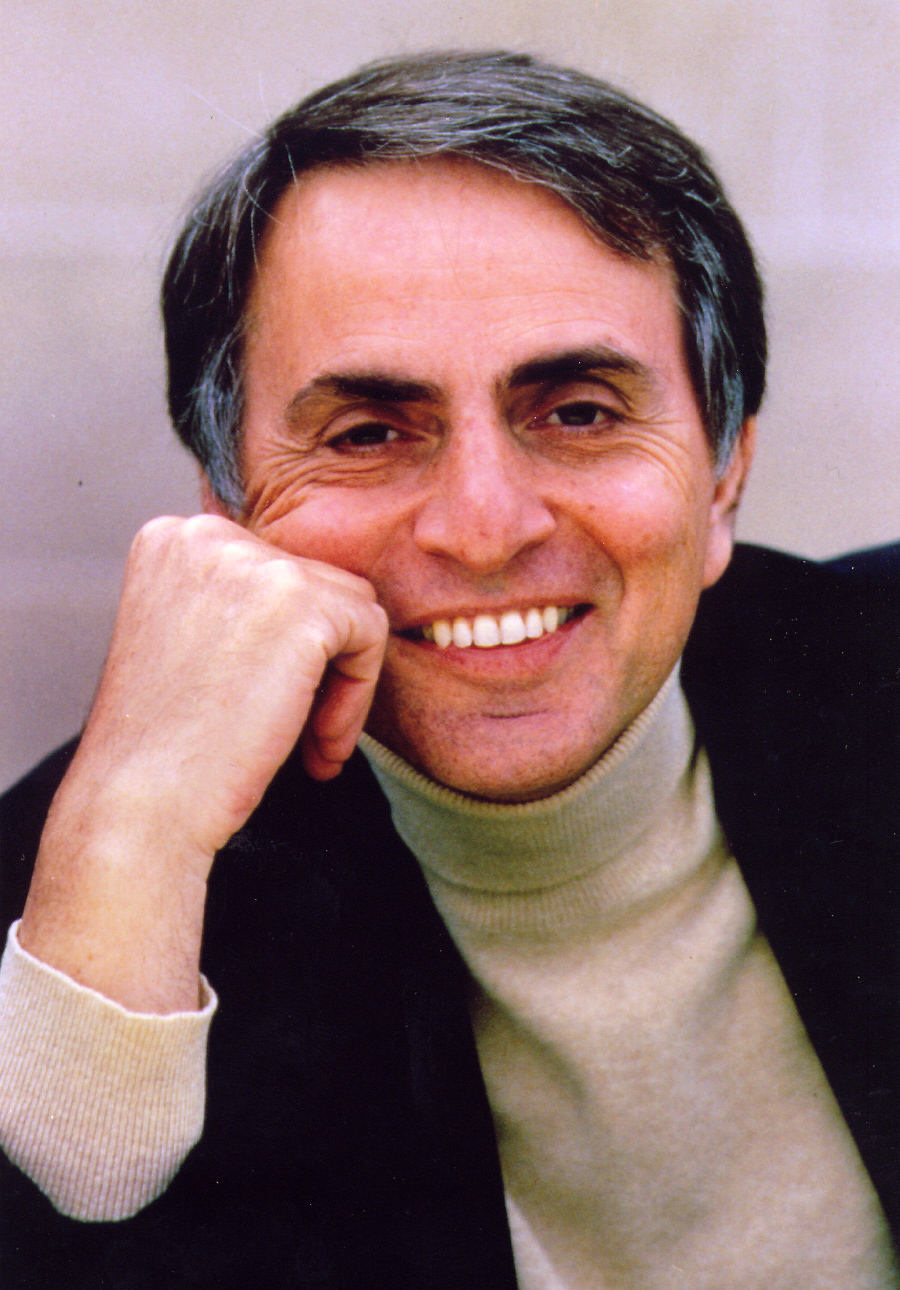
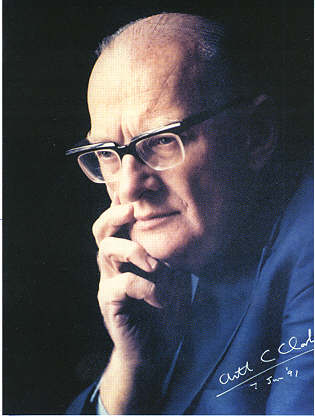
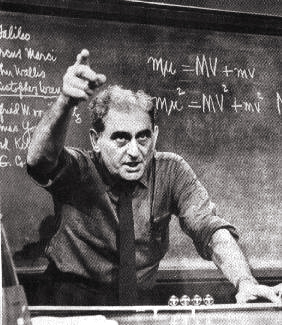

 Bondi, (above, right) the astronomer Thomas Gold, (right) and
the nuclear physicist Stuart Butler, Sumner Miller’s method put science
out of the reach of ordinary people.
Bondi, (above, right) the astronomer Thomas Gold, (right) and
the nuclear physicist Stuart Butler, Sumner Miller’s method put science
out of the reach of ordinary people. 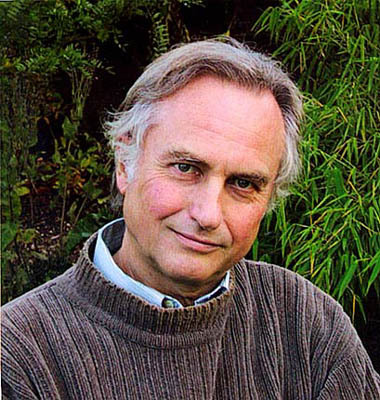
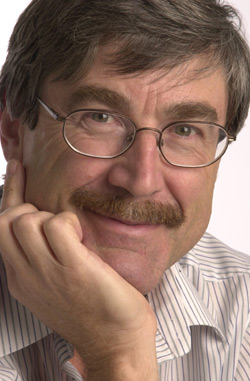
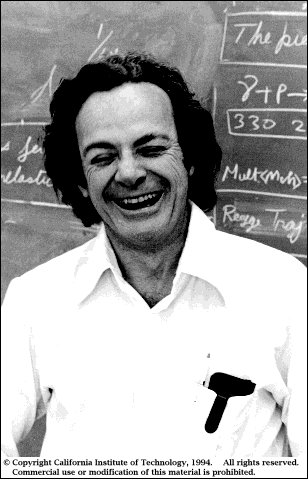
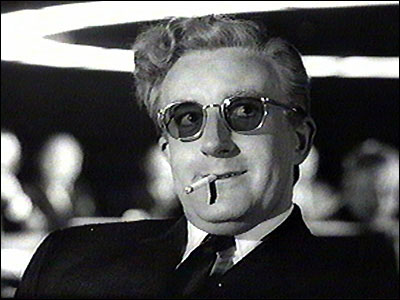


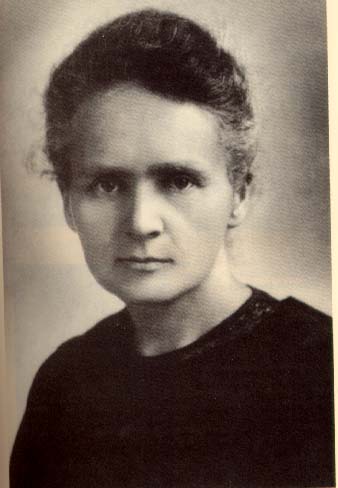 particularly new as much of what he had to say had been written before.
His moan about not having won the Nobel Prize did him no favours. The
Nobel Prize in Physics is only given to theories that have been proven by
experimental evidence.
particularly new as much of what he had to say had been written before.
His moan about not having won the Nobel Prize did him no favours. The
Nobel Prize in Physics is only given to theories that have been proven by
experimental evidence. 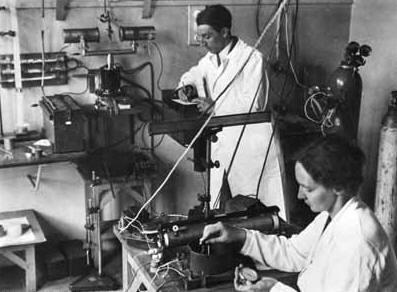 oney.
Marie Curie, during WWI, raised money to buy ambulances and drove one to
the front to take back wounded soldiers to hospitals. I think she
regretted not selling her discoveries because it would have meant more
money for her charitable work. One of her daughters, Irene Joliot-Curie,
also won a Nobel Prize (Chemistry) in partnership with her husband,
Frederick Joliot.
oney.
Marie Curie, during WWI, raised money to buy ambulances and drove one to
the front to take back wounded soldiers to hospitals. I think she
regretted not selling her discoveries because it would have meant more
money for her charitable work. One of her daughters, Irene Joliot-Curie,
also won a Nobel Prize (Chemistry) in partnership with her husband,
Frederick Joliot.